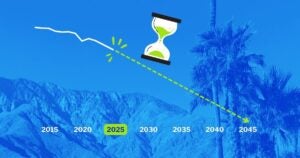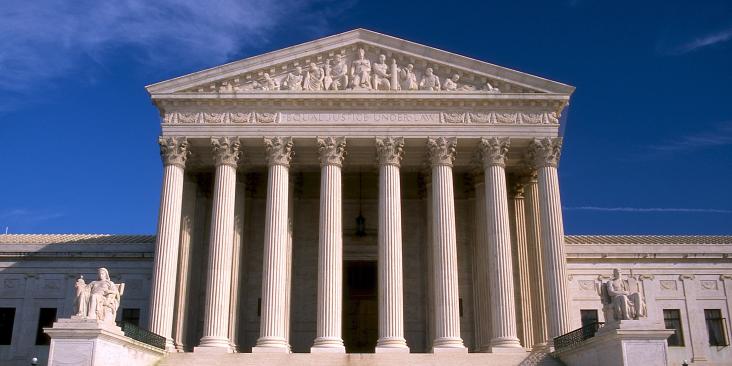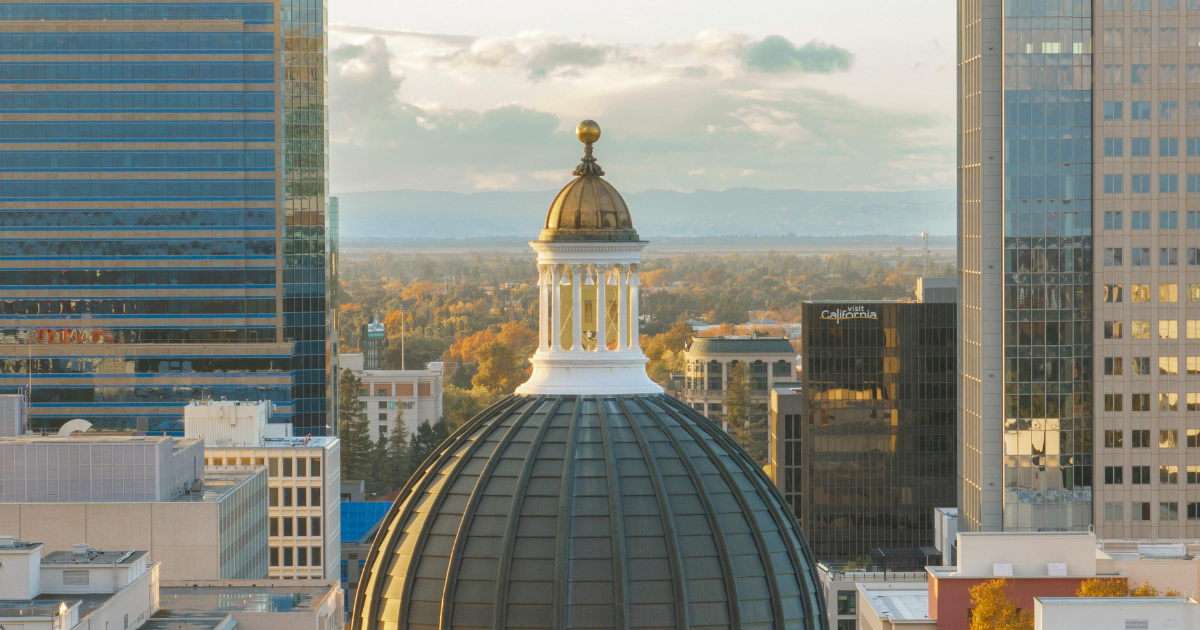
California lawmakers must act now to extend the state’s cap-and-trade program, as uncertainty reduces funding for investment in communities
Results were released today for the third auction of the year in the California-Quebec cap-and-trade market. This auction delivered slightly stronger results over the May auction, with all current allowances sold and settlement prices rising above the price floor. This bump in market demand potentially suggests renewed market confidence, though this confidence could be temporary if the Legislature doesn’t act urgently to reauthorize the program.
Only with sustained market confidence can the program continue to deliver emission reductions and generate the revenue needed to invest in growing demands placed on the Greenhouse Gas Reduction Fund and its capacity to support affordability gains, jobs and economic growth in communities. The impact of market uncertainty is evident when comparing today’s results to this time last year — the price settled $1.48 lower from the August 2024 auction, which means over $100 million dollars left on the table from this auction alone.
With federal rollbacks on climate policies and ongoing attacks on climate science, state action is needed now more than ever to protect California’s progress in reducing pollution and show what smart climate policy can do for the environment, families on a budget, and the economy.
August auction results
- All of the 51,883,970 current vintage allowances (emission allowances valid for compliance this year) offered for sale were purchased, resulting in a sold out auction following the under-subscribed quarterly auction in May.
- The current auction settled at $28.76 — $2.89 above the price floor of $25.87, which was also the settlement price of the May 2025 auction.
- All 6,847,750 of the future vintage allowances offered for sale were purchased. These allowances can be used for compliance beginning in 2028.
- Future vintage allowances settled at $28.50, $2.63 above the $25.87 price floor and $2.35 above the May settlement price of $26.15.
- This auction is expected to generate roughly $843 million for the Greenhouse Gas Reduction Fund. This is about $107 million less than was generated in last year’s Q3 auction. While these results show a slight improvement on the revenue raised in the May auction, which generated about $595 million, roughly half as much as the May auction from the previous year, the continued comparative decline from last year is another significant blow to Greenhouse Gas Reduction Fund revenue.
California’s key policy for cutting pollution and driving critical community investments
California’s cap-and-trade program cuts climate pollution by putting a binding, declining limit on emissions, and it generates billions of dollars for investments in utility bill credits, clean transportation, wildfire resilience and clean energy programs that benefit households statewide.
But the uncertainty around reauthorization beyond 2030 has continued to rattle market participants and resulted in lost auction revenues of nearly $3 billion in the past year, according to an analysis by Clean and Prosperous California. Every dollar left on the table is money not flowing into California communities, jeopardizing the program’s capacity to save working families $3.9 billion while creating 287,000 jobs and $55 billion in economic growth.
And this loss of revenue is coming at a critical time, when a hundred million dollars here and there make a real difference as the state grapples with a budget deficit, escalating climate impacts and a federal government pulling back billions in climate investments. California leaders know how much this program benefits California communities, particularly low- and middle-income households. Now, they need to take action.
Thankfully, some state leaders are stepping up. Last week, draft bill language was proposed by the Assembly that would reauthorize the program beyond 2030 while also making some important programmatic changes. The proposal, led by Assemblymember Irwin, is an important step in the right direction — critically ensuring that the allowance supply is directly aligned with California’s 2045 emission targets. We are eager to see a draft bill from the Senate.
Without that alignment, the program risks falling short on its primary function. But with this alignment, cap-and-trade will remain a powerful, cost-effective backstop for cutting climate pollution at the pace and scale needed. The language from Assemblymember Irwin also proposes programmatic changes like fixing free allocation rules, which would enable CARB to rely on real economic data when determining the distribution of no-cost allowances, rather than relying on an outdated political deal.
Next steps
California has long been a leader on climate policy and, with urgent action this session, it can continue that legacy by reauthorizing an ambitious, strengthened cap-and-trade program that keeps us on track to meet our climate goals while delivering billions in benefits to communities across the state.












